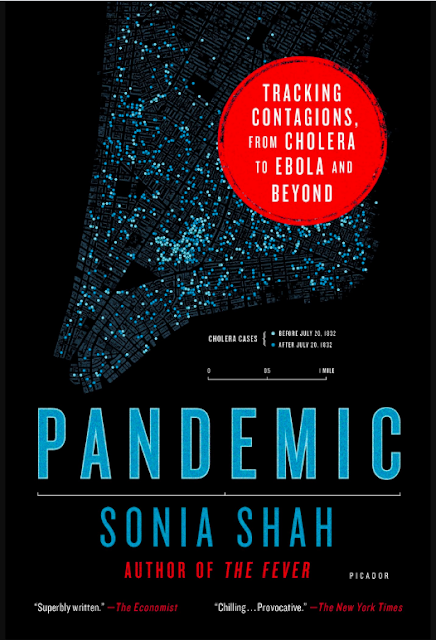"The viral receptor on human cells plays a critical role in disease progression !"
Viruses enter cells and initiate infection by binding to their cognate cell surface receptors. The expression and distribution of viral entry receptors therefore regulates their tropism, determining the tissues that are infected and thus disease pathogenesis. Severe acute respiratory syndrome coronavirus 2 (SARS-CoV-2) is the third human coronavirus known to co-opt the peptidase angiotensin-converting enzyme 2 (ACE2) for cell entry. The interaction between SARS-CoV-2 and ACE2 is critical to determining both tissue tropism and progression from early SARS-CoV-2 infection to severe coronavirus disease 2019 (COVID-19). Understanding the cellular basis of SARS-CoV-2 infection could reveal treatments that prevent the development of severe disease, and thus reduce mortality.
Key phases of disease progression
Severe acute respiratory syndrome coronavirus 2 (SARS-CoV-2) binds to angiotensin-converting enzyme 2 (ACE2). Initial infection of cells in the upper respiratory tract may be asymptomatic, but these patients can still transmit the virus. For those who develop symptoms, up to 90% will have pneumonitis, caused by infection of cells in the lower respiratory tract. Some of these patients will progress to severe disease, with disruption of the epithelial-endothelial barrier, and multi-organ involvement.
As with all coronaviruses, SARS-CoV-2 cell entry is dependent on its 180-kDa spike (S) protein, which mediates two essential events: binding to ACE2 by the amino-terminal region, and fusion of viral and cellular membranes through the carboxyl-terminal region. Infection of lung cells requires host proteolytic activation of spike at a polybasic furin cleavage site. To date, this cleavage site is found in all spike proteins from clinical SARS-CoV-2 isolates, as well as some other highly pathogenic viruses (e.g., avian influenza A), but it is absent from SARS-CoV and is likely to have been acquired by recombination between coronaviruses in bats. Cleavage by the furin protease therefore expands SARS-CoV-2 cell tropism and may have facilitated transmission from bats to humans. Membrane fusion also requires cleavage by additional proteases, particularly transmembrane protease serine 2 (TMPRSS2), a host cell surface protease that cleaves spike shortly after binding ACE2. SARS-CoV-2 tropism is therefore dependent on expression of cellular proteases, as well as ACE2.













